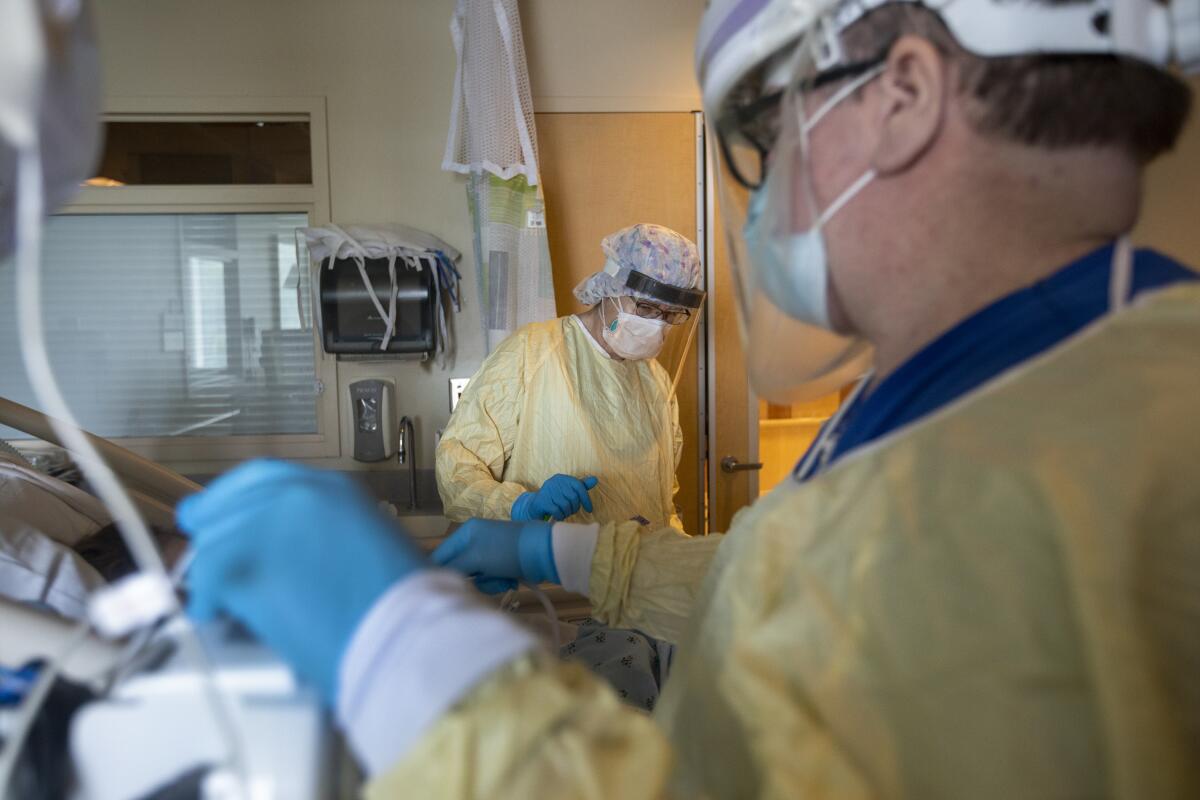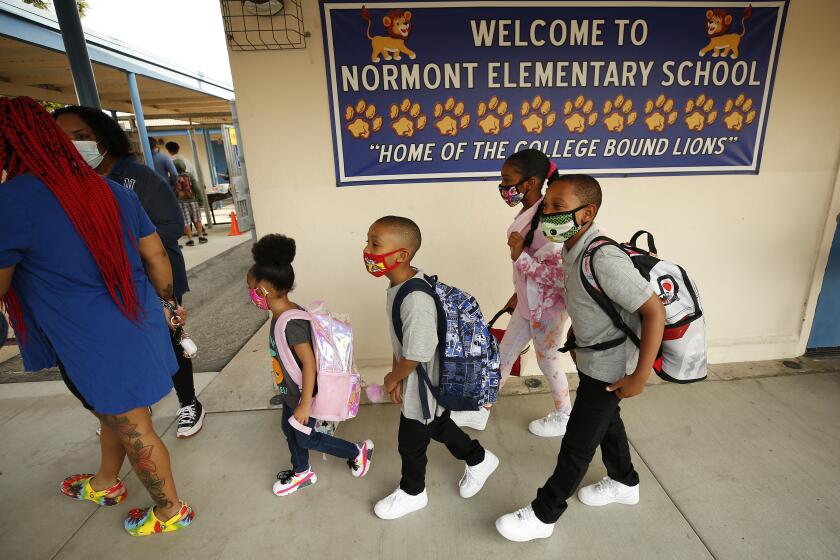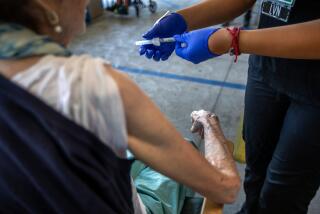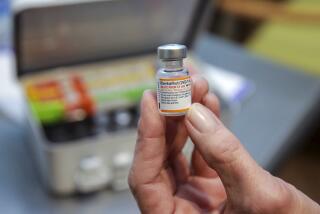Hospitalizations for COVID-19 continue to rise in California

Across California, health officials have been closely watching the numbers on COVID-19 to see whether the recent surge driven by the Delta variant could be leveling off.
The summer wave has put renewed pressure on hospitals, alarmed parents as unvaccinated children head back into schools, and dampened earlier hopes for a swift return to normal life.
Health officials reported Wednesday that hospitalizations for confirmed cases of COVID-19 have continued to rise, reaching more than 8,300 patients — an increase of 0.8% over the previous day — including more than 2,000 people in intensive care.
The vast majority of new cases are among people who are unvaccinated, with 708% higher rates of cases for unvaccinated people than those who are vaccinated, according to the California Department of Public Health.
In some parts of the state, slowdowns in new cases have raised hopes of a turnaround, but health officials have cautioned against banking on such a shift. In Orange County, Deputy Health Officer Dr. Regina Chinsio-Kwong said it was too soon to say whether they had reached the peak of this latest wave.
“I don’t want to jump to that conclusion yet because we know that it can always change,” Chinsio-Kwong said, especially if people ease up on protective measures. “And we know, more recently, schools just opened and that can also impact numbers” in coming weeks.
How parents can keep their kids safe from COVID as they return to school.
Dr. George Rutherford, a professor of epidemiology at UC San Francisco, said the virus is taking different trajectories in different parts of California. The Bay Area “is starting to flatten out,” Rutherford said, but other areas such as the San Joaquin Valley and the far north are seeing higher transmission.
Rutherford credited new measures to crack down on COVID-19 with slowing the rise in cases, including stiffer rules on mask wearing and requirements for people to show proof of vaccination to access some venues.
He cautioned, however, that a super-spreader event or other new outbreaks could derail any turnaround. The reopening of schools is also “a potential wild card,” depending on what percentage of adolescents are vaccinated in each area, Rutherford added.
Last year, California had a reprieve from its summer surge before numbers began to climb again in the fall. Rutherford said vaccines and other preventive measures could blunt another autumn wave, but “we may not have seen the end of this, unless we can get the vaccination rates up really high between now and then.”
In Los Angeles County, the latest state figures showed 1,731 patients hospitalized with the virus. That was a slight decrease from the previous day, when an uptick had called into question whether the numbers were leveling.
L.A. County officials reported more than 3,300 new cases of COVID-19 on Wednesday and confirmed 36 additional deaths. The public health agency said the rise of routine testing, including at schools and universities, was likely to ensure that case numbers remain high. The test positivity rate was 2.9%.
In Orange County, Chinsio-Kwong said that rates of COVID-19 cases remain at levels categorized as “high transmission,” although its recent rates of positive tests have been reassuring.
As of Wednesday morning, 573 people in Orange County were hospitalized with the virus, including 129 in intensive care, according to statistics provided by the county health agency.
The numbers of people in intensive care seems to be holding steady, but “our hospitals are challenged with continuing to care for the people who are requiring hospital beds ... so the more we can drive that number down, the better off we are as a county,” Chinsio-Kwong said.
As it stands, roughly a fifth of adult beds in its ICUs are available, according to the most recent statistics provided by the Orange County health agency.
A new CDC study finds more than 71% of COVID-19 infections in Los Angeles County between May 1 and July 25 were among the unvaccinated.
Health officials have continued to urge Californians to get vaccinated. Nearly 65% of residents in Los Angeles County have gotten at least one dose of a COVID-19 vaccine, with 56.7% fully vaccinated, according to a Times tracker. The numbers are slightly higher in Orange County.
Amid concerns about the increased transmissibility of Delta, California health officials have also recommended that people wear face coverings in indoor settings outside the home, whether or not they are vaccinated. Cal/OSHA, an agency focused on workplace safety, said Wednesday it was encouraging businesses and their workers to mask up indoors and said employers should make sure that employees who request face coverings get them.
Despite an uptick in breakthrough infections among vaccinated people, a recently released study from the Centers for Disease Control and Prevention underscores that the shots have helped protect Angelenos.
That study found that as of July 25, unvaccinated people accounted for five times as many infections and 29 times more hospitalizations than fully vaccinated people in Los Angeles County. Between May 1 and July 25, 71.4% of COVID-19 infections in the county were in unvaccinated people, that study also found.
Another CDC study released Tuesday found that the effectiveness of the vaccines in preventing infections among frontline workers had declined somewhat since the Delta variant became dominant, but concluded that “the sustained two-thirds reduction in infection risk underscores the continued importance and benefits of COVID-19 vaccination.”
California officials said that in the week of Aug. 16 to 22, the average daily case rate among unvaccinated Californians was 51 per 100,000; the rate among those who were vaccinated was 7.2 per 100,000, according to the California Department of Public Health.
More to Read
Start your day right
Sign up for Essential California for news, features and recommendations from the L.A. Times and beyond in your inbox six days a week.
You may occasionally receive promotional content from the Los Angeles Times.









